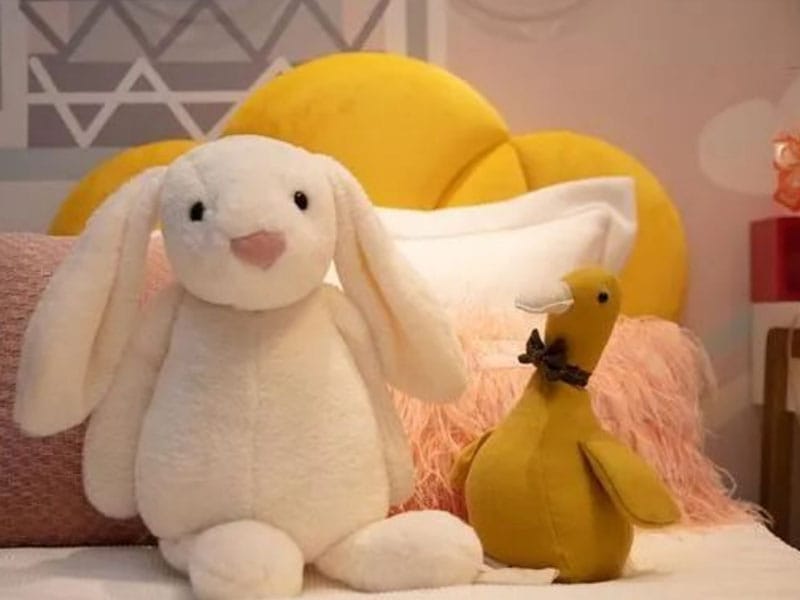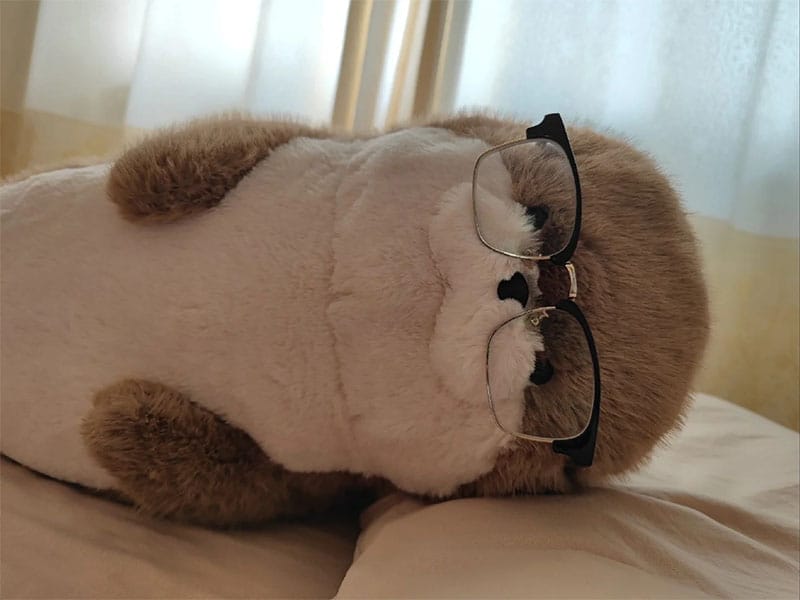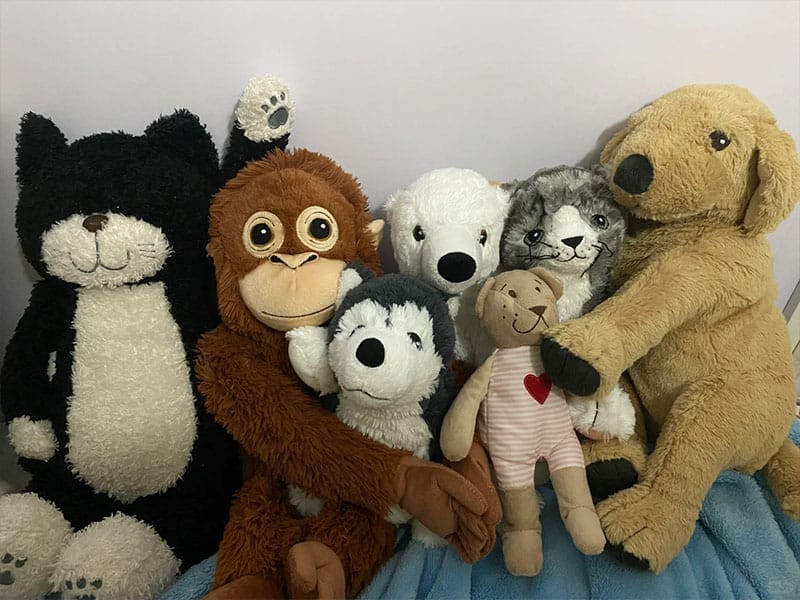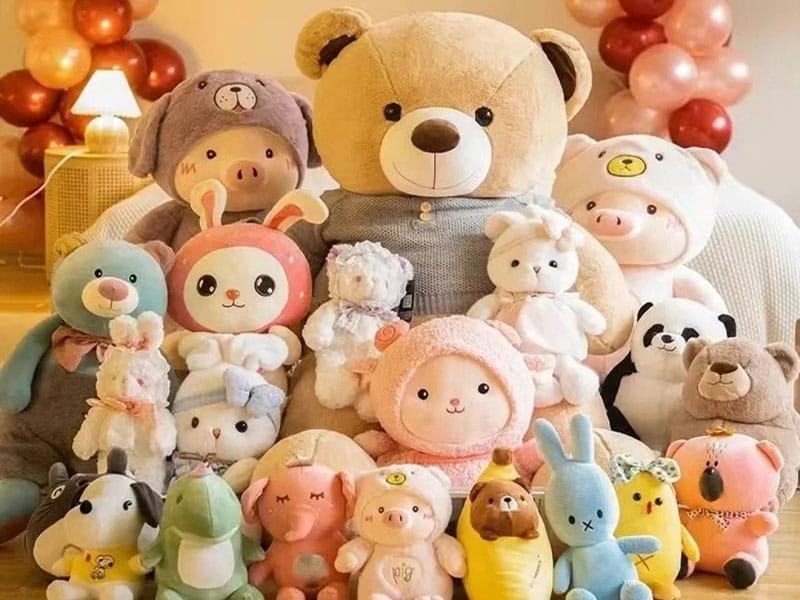In the contemporary consumer landscape, a remarkable trend has emerged where plush toys have transcended their traditional role as children’s playthings and have become a significant part of emotional consumption for people of all ages. These cuddly companions are not merely fabric and stuffing; they hold a profound power to heal and soothe the human psyche.

The journey of plush toys into the realm of emotional consumption begins with their inherent physical characteristics. Their soft, furry exteriors and often endearing, anthropomorphic designs are an immediate draw. The tactile experience of running one’s fingers through the plush fur or hugging a plump, squeezable toy triggers a sense of comfort. It is a primordial response, harkening back to the security that physical contact with a caregiver provides in infancy. This basic yet powerful tactile allure forms the foundation upon which the emotional connection is built.
Young people facing immense pressure
As adults, we face a myriad of stressors in our daily lives. The pressures of work, the complexities of relationships, and the general hustle and bustle of modern existence can leave us feeling drained and emotionally vulnerable. Plush toys offer a respite from this chaos. For instance, a young professional who has endured a grueling day at the office, filled with tight deadlines and difficult colleagues, can return home and find instant relaxation in the embrace of a favorite plush bear. The act of holding it close provides a tangible sense of security and comfort, allowing the individual to unwind and let go of the accumulated stress.

The role of plush toys in healing is further amplified by their ability to serve as a substitute for human connection in times when such connections are strained or lacking. In an era where social interactions can be superficial and relationships often transient, a plush toy offers unconditional love and loyalty. It does not judge, argue, or disappoint. Consider a person who has recently experienced a breakup or the loss of a close friend. The plush toy becomes a constant presence, a silent confidant to whom they can pour out their grief and loneliness without fear of rejection. It provides a sense of continuity and stability in an otherwise turbulent emotional landscape.
Moreover, the collecting of plush toys has evolved into a form of self-expression and a means of constructing a personal narrative. Each plush toy in a collection may hold a specific memory or significance. A limited-edition plush doll purchased during a memorable vacation becomes a tangible reminder of that carefree time. A plush animal received as a gift from a loved one takes on a sentimental value that far exceeds its material worth. These toys, when displayed or interacted with, create a visual and tactile story of one’s life, a chronicle of emotions and experiences. They can also serve as a source of inspiration and creativity. Some collectors may even create elaborate dioramas or scenarios with their plush toys, further immersing themselves in a world of their own making and finding joy and fulfillment in the process.

Plush toys, as vessels of nostalgia
The phenomenon of plush toys in emotional consumption also intersects with the concept of nostalgia. Many adults are drawn to plush toys that remind them of their childhood. These toys evoke a sense of innocence and simplicity, transporting them back to a time when life’s worries were fewer and more easily managed. A vintage plush rabbit that was a cherished companion during one’s early years can reignite feelings of warmth and security associated with that period. Nostalgia has been shown to have a positive impact on mental well-being, providing a sense of continuity and identity. Plush toys, as vessels of nostalgia, offer a unique opportunity for adults to reconnect with their past selves and find comfort in the familiar.
Plush toys are a tool, a source of comfort in the moment
In addition to their individual healing properties, plush toys have also given rise to a community and a shared cultural experience. Social media platforms are filled with groups and hashtags dedicated to plush toy enthusiasts. Here, people can share their collections, stories, and even engage in trading or gifting. This sense of community further validates and enriches the emotional connection that individuals have with their plush toys. It creates a space where like-minded individuals can come together, celebrate their love for these soft companions, and offer support and understanding to one another.
However, it is essential to approach the role of plush toys in emotional consumption with a degree of balance. While they can provide significant emotional relief and healing, they should not be seen as a substitute for addressing underlying emotional issues or for building and maintaining healthy human relationships. Plush toys are a tool, a source of comfort in the moment, but they do not replace the need for genuine human connection, therapy, or personal growth.

In conclusion, plush toys have emerged as powerful agents of healing in the context of emotional consumption. Their softness, cuteness, and the emotional associations they carry make them a valuable asset in navigating the complex and often stressful terrain of modern life. Whether it is through providing a moment of relaxation, a substitute for human connection, a vehicle for self-expression, or a link to the past, plush toys have found a unique and enduring place in the hearts and lives of many. As we continue to explore the intersection of consumerism and emotional well-being, it is clear that these cuddly companions will remain an important part of the conversation, offering a glimmer of comfort and healing in an otherwise challenging world.




